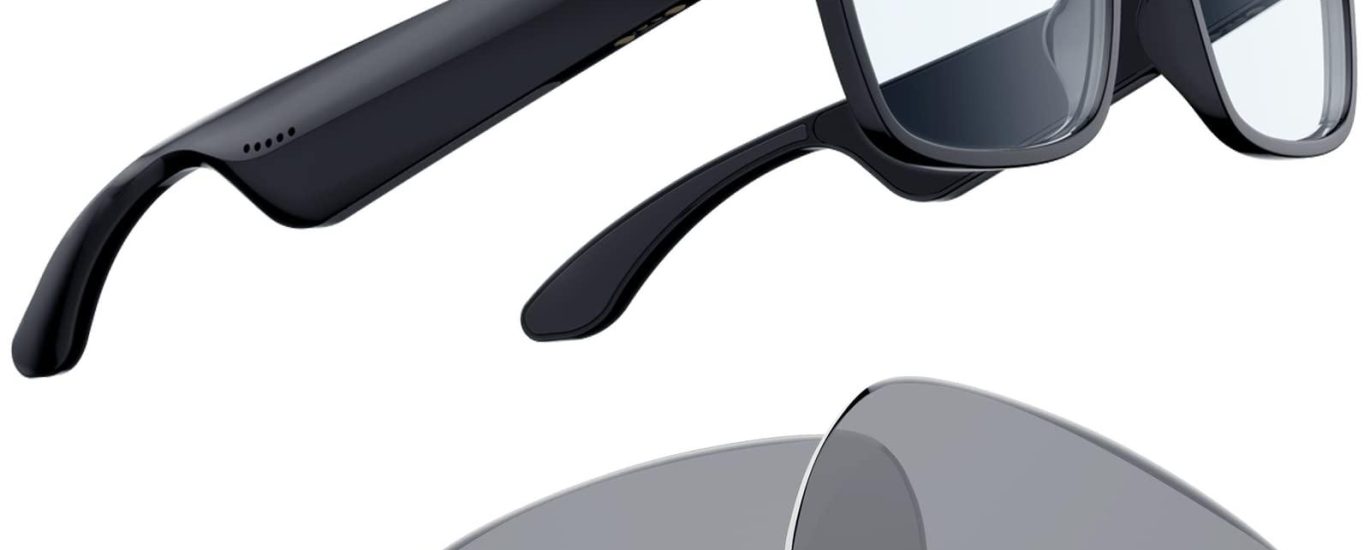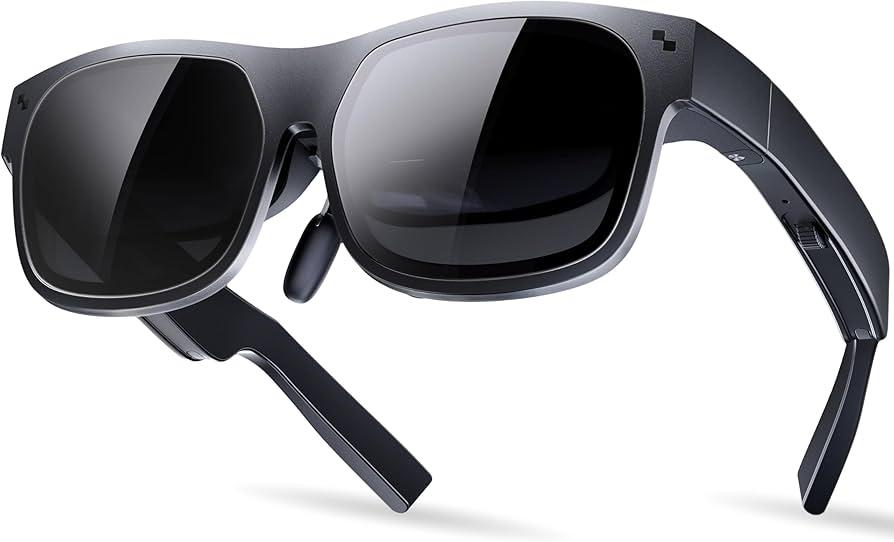



In the ever-evolving landscape of technology, the battle lines have frequently enough been drawn between the titans of mobile operating systems: iOS and Android. However, as the digital horizon expands, the focus is shifting—this time, towards a more transformative frontier: augmented reality (AR) and smart glasses. As Apple, Meta, and Google gear up for an intense showdown, the stakes are higher and the implications broader than mere operating system preferences. This article explores how these tech giants are not just aiming for a foot in the door of augmented reality, but rather vying for dominance in a space that could redefine how we interact with the world around us. Forget the debates over app ecosystems and user interfaces; the true spectacle lies in the race to create the ultimate fusion of digital and physical realms.Buckle up as we delve into what makes this emerging “smart glasses war” not only a pivotal moment in tech history but also an exciting glimpse into our future.
The emergence of smart glasses is poised to revolutionize the way we interact with technology, shifting focus from traditional smartphones to wearables that integrate seamlessly into our daily lives. These devices promise to enhance reality rather than distract from it, layering essential information over the real world, and providing users with a hands-free experience. As industry giants like Apple, Meta, and Google race to capture this burgeoning market, the competition is expected to be fierce and innovative. Each company is uniquely positioned to influence the aesthetic and functional design of smart glasses, making for an exciting array of options for consumers.
As we watch this technological battle unfold, here are some anticipated features that may define the next generation of smart glasses:
To grasp the competitive landscape, the following table outlines the key players and their current initiatives in the smart glasses market:
| company | Current Product/Project | Unique Selling Point |
|---|---|---|
| Apple | Vision Pro | seamless iOS integration with a focus on AR applications. |
| Meta | Ray-Ban Stories | Stylish design with social media capabilities. |
| Glass Enterprise Edition | tailored for industry use with augmented reality features for productivity. |

imagine walking down the street and having real-time navigation superimposed over your surroundings, or being able to instantly translate signs and menus just by looking at them. AR glasses promise to turn our mundane experiences into something extraordinary by seamlessly integrating digital information into our physical world. With Apple’s ambitious plans, we can expect features that will go beyond simple notifications and notifications, bringing an entirely new dimension to how we interact with our habitat. The possibilities encompass every aspect of daily life, from health and fitness tracking to enhancing social interactions, creating a more connected and responsive world.
as Apple enters the fray, the competition with heavyweights like Meta and Google will likely encourage rapid innovation and new use cases that we haven’t even imagined yet. Just consider the potential applications that could emerge:
With each iteration of smart glasses, we come closer to a future where augmented reality becomes an integral part of our daily lives, blurring the lines between the physical and digital worlds in ways that are yet to be fully realized.

In a rapidly evolving tech landscape, digital social platforms are undergoing a radical conversion as Meta takes bold steps to integrate augmented reality into everyday interactions. The company’s endeavor presents a unique blend of the tangible and digital worlds, enabling users to not just connect, but to *experience* shared moments in innovative ways. Imagine attending a concert through your smart glasses and seeing your friends’ avatars joining in, enriched with features that enhance your collective experience. With meta leading the charge, this convergence of reality and virtual connections may redefine how we perceive socializing in a digital-first era.
As competitors like Apple and Google gear up to enter the fray,the race is on to develop the most engaging and functional smart glasses. Each offering promises to bring its unique flair to the market, focusing on diffrent aspects of digital connectivity. Consider the following differentiators:
| Company | focus Feature | Unique Selling Point |
|---|---|---|
| Meta | Augmented Social Experiences | seamless integration with social apps and VR environments |
| Apple | Visual Augmentation and Hardware Quality | Spotlight on advanced optics and screen resolution |
| Information Accessibility | Real-time data overlay from searches and maps |
The competition promises to be heated and filled with innovative possibilities, as each company endeavors to outdo the others in enhancing how we connect in this ever-virtualizing world. as these giants push the envelope on how we engage with technology, the futuristic landscape of social interactions may soon be redefined, making this competitive arena much more exhilarating than the age-old iOS versus Android debate.

Google is leveraging its extensive expertise in AI to transform how users interact with smart glasses. By integrating advanced machine learning algorithms, the tech giant aims to create more intuitive devices that can recognize and predict user behavior. This means users may experience:
As the battle for dominance in the smart glasses space heats up,Google is investing in capabilities that extend beyond basic functionality. The company is focusing on augmented reality, striving to overlay digital information onto the physical world in compelling ways. Key features anticipated in future iterations may include:
| Feature | Potential impact |
|---|---|
| Real-Time Translation | Breaks down language barriers,making global communication effortless. |
| gesture Control | Allows users to navigate interfaces intuitively without physical touch. |
| Health Monitoring | Tracks vital signs, contributing to wellness and fitness applications. |
as we stand on the precipice of a new technological frontier, the battle for supremacy in the smart glasses arena promises to be a captivating saga, transcending the nearly decade-long rivalry between iOS and Android. With industry giants like Apple, Meta, and Google each bringing their unique strengths, visions, and ambitions to the table, the stage is set for innovation that could redefine our digital interactions.
As we witness these titans clash, let’s embrace the journey ahead. Each advancement in augmented reality, from enhanced social connectivity to revolutionary productivity tools, hints at a future where our relationship with technology becomes more seamless and intuitive.
So,whether you prefer Apple’s sleek design beliefs,Meta’s social-centric approach,or Google’s data-driven innovation,one thing is certain: the smart glasses war is not just about devices—it’s about how we envision our world and interact with it. Buckle up, because in this arena, the true winners may very well be us, the users, as we gear up for a new era of immersive experiences. Keep your eyes peeled; the future is about to get a lot clearer.